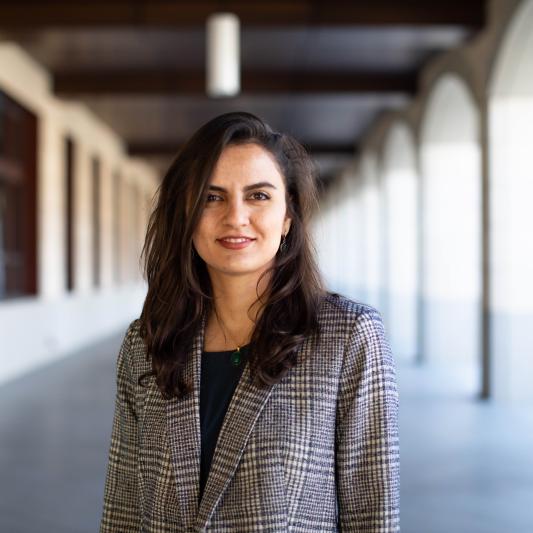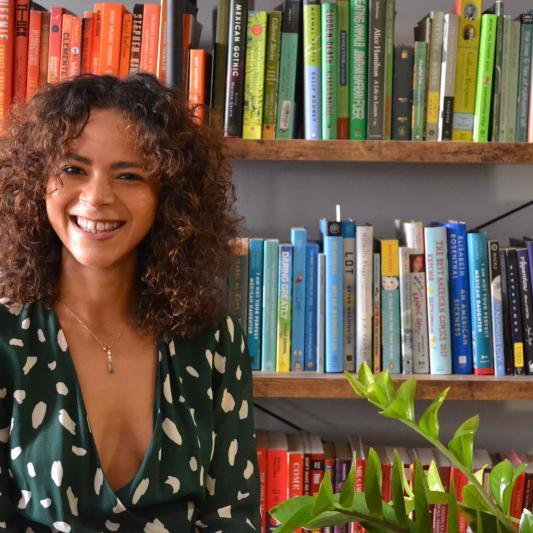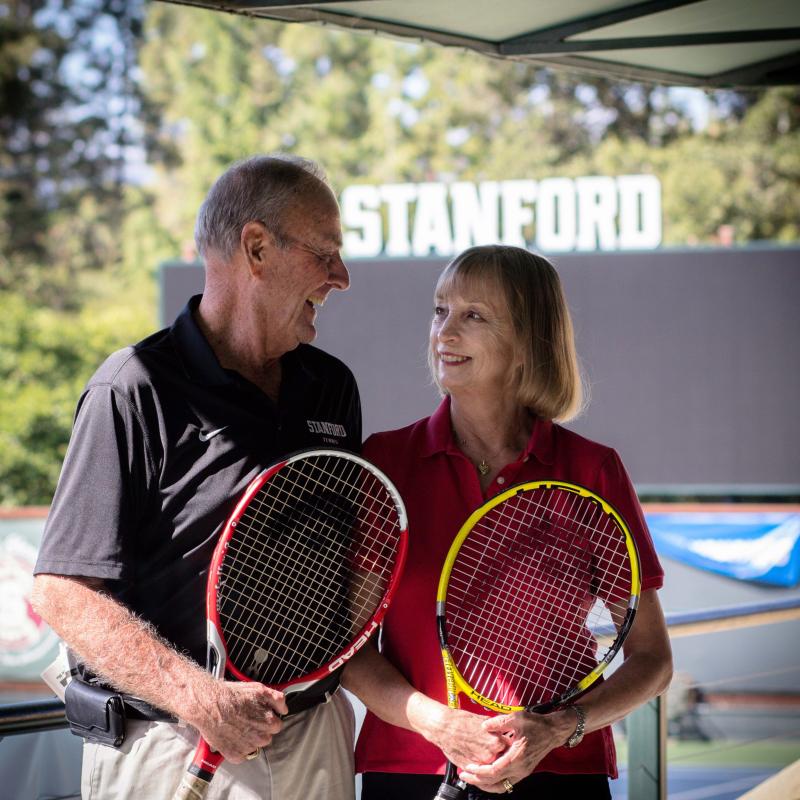
Shima Salehi
Shima Salehi, an assistant professor at Stanford GSE who joined the faculty in 2020, could have taken a different path, leveraging her training as an electrical engineer to pursue a lucrative career in the tech industry. It would have been easier in many respects than the road she chose, pivoting from engineering to education in a transition that she describes as “going from one planet to another.”
“Switching from being an electrical engineer to a social scientist was drastic,” says Salehi, who did her undergraduate work at Sharif University in Iran. “Everything was different: the community discourse and norms, the terminology, everything. It was somehow easier switching from Farsi to English than it was switching from engineering to education.”
She took the path envisioning a world, she says, where “the prospects of no individual are dictated by the family they are born to or color of their skin.” Inspired by her undergraduate mentors, Salehi sought to benefit the greater good through advancements in education, a field she knew was foundational for providing more equitable prospects.
Salehi, who earned both her master’s and PhD at Stanford, focuses her research on understanding why college students from underprivileged backgrounds abandon STEM programs, and she works to develop evidence-based interventions to help them persist in fields like engineering. These students have often already overcome many obstacles, she notes, but they don’t get the STEM preparation that better-resourced K-12 schools offer – preparation often assumed for granted when teaching higher education STEM courses.
“We are teaching STEM courses as if all of the students had AP courses in high school and have a great foundation. But the students who don’t have those advantages have an impossible way to catch up.” As a result, she says, “we lose them to desperation and exhaustion.”
But progress is evident. Salehi sees professors slowly beginning to respond to the insight her research has uncovered and adapting their methods to account for it. “That is such a joy for me.”
Photo credit: Holly Hernandez



